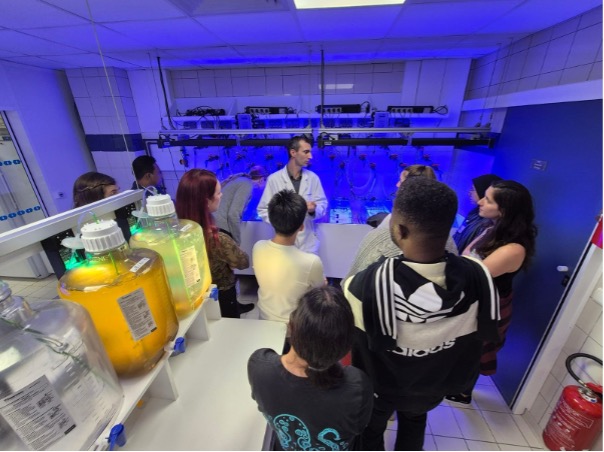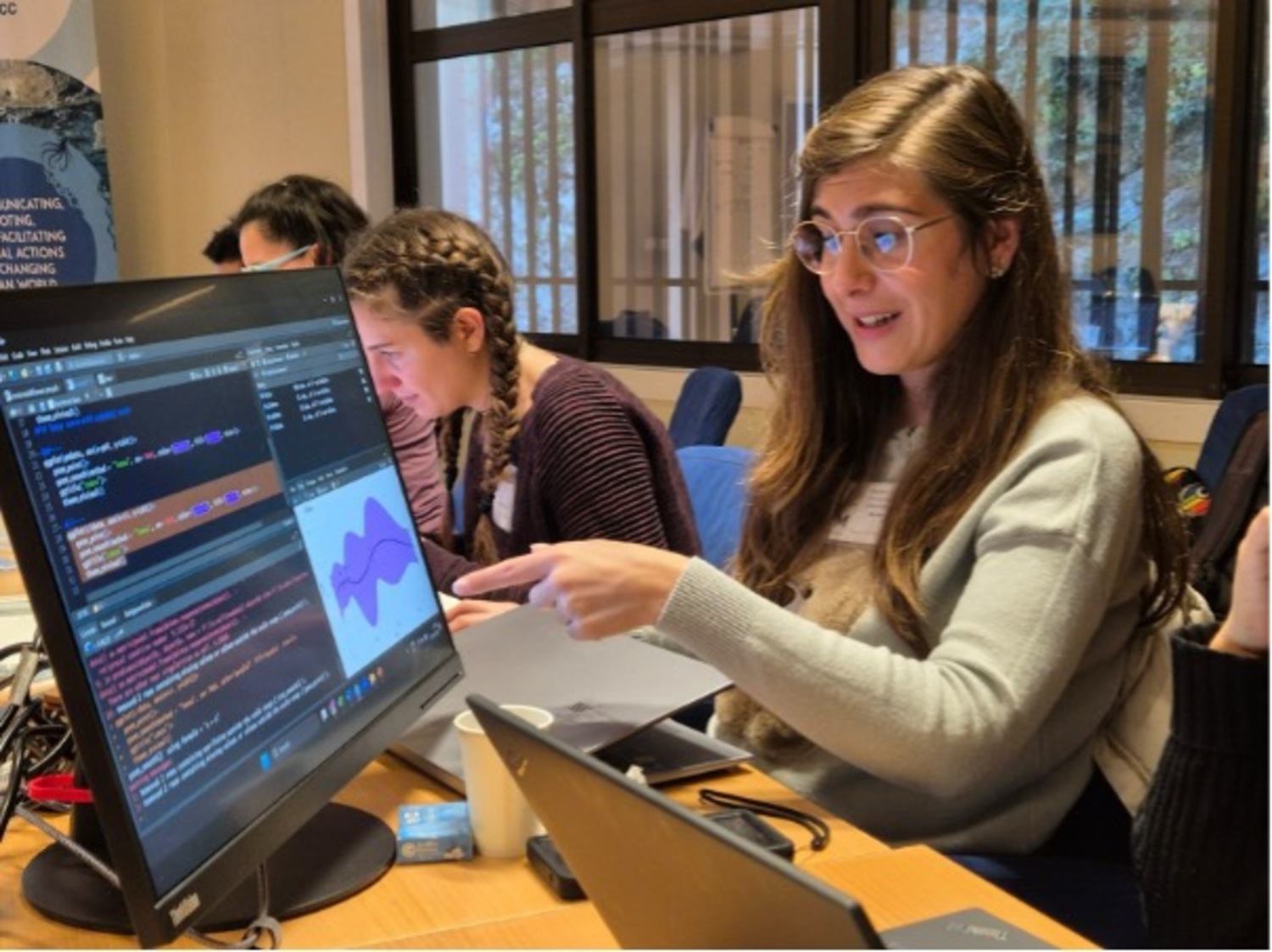
IAEA’s Ocean Acidification International Coordination Centre Trains Scientists to Evaluate Impacts of Ocean Changes on Marine Organisms
Press release
In November of last year, the second Winter School on Ocean Acidification and Multiple Stressors held at the IAEA Marine Environment Laboratories in Monaco provided early-career scientists with new tools and knowledge to address challenges to sustainable ocean health. By equipping a new generation of researchers with these skills, the Winter School is paving the way for more effective management and preservation of marine ecosystems in the face of global challenges, impacting communities worldwide that depend on marine resources.
As human activities intensify, coastal and marine ecosystems face mounting pressures, from overfishing and pollution to climate change and ocean acidification. The combined effects of these “stressors” often far exceed their individual impacts, threatening biodiversity and livelihoods worldwide. Yet, research on how these drivers combine to affect marine life is complex, and remains limited, with many studies often lacking robust design or misusing key concepts. Understanding how these stressors interact is crucial for predicting their impacts on marine ecosystems and developing strategies to mitigate these effects, particularly in regions heavily dependent on marine resources.
Learning Through Hands-On Experience
The Winter School brought together 12 participants from 11 countries—Argentina, Bangladesh, Costa Rica, Croatia, Ghana, Italy, Namibia, Nigeria, Malaysia, the Philippines and Portugal—for two weeks of hands-on laboratory experiments and lectures by leading experts on multiple ocean stressors.
Lectures covered key concepts relevant for multiple-driver research, such as the distinction between a “driver”—a pressure that causes a quantifiable change (positive or negative) on an organism, process or community—and a “stressor”, which specifically causes a measurable negative impact. The lectures also addressed the definitions of possible types of interactions between stressors, including synergistic interactions (where the combined effect is greater than the sum of individual impacts), antagonistic interactions (where the combined effect is smaller than the sum) and additive interactions (where the presence of one driver does not influence the effect of the other). Understanding these interactions is crucial for accurately predicting their overall effects on marine ecosystems.
Participants also conducted laboratory experiments using the radiotracer calcium-45 to investigate the effects of ocean acidification, temperature and lithium pollution on the calcification of the tropical coral Stylophora pistillata. The findings from these experiments were used to model the combined effects of the three stressors and develop an experimental design to test this model. Once this testing is completed, the group plans to collaborate on a joint scientific publication to report the results, contributing to the growing body of research on the impacts of multiple ocean stressors in a variety of marine environments.
Global Collaboration: A Worldwide Effort
Winter School participants also visited the Oceanography Laboratory in Villefranche-sur-Mer, where they conducted practical exercises on measuring and manipulating pH and total alkalinity. They also learned to calculate carbonate chemistry parameters using the software Seacarb.
"Entering the complex field of multiple stressors can be intimidating,” said Sam Dupont, Senior Lecturer at the university of Gothenburg and a consultant with the IAEA Ocean Acidification International Coordination Centre (OA-ICC). “This course is designed to provide each participant with the tools and a strategy to perform multiple-stressor research based on their needs and opportunities.”
At the end of the course, participants designed multiple-driver experiments tailored to the local context and challenges in their respective countries. For Maria del Mar Eivers, a participant from Argentina, the Winter School was an excellent opportunity to improve her understanding ofthe complexities of multiple-stressor research. “I appreciated the opportunity to interact with professionals with vast experience in this field, learn about cutting-edge techniques, and create lasting bonds with colleagues from all over the world,” she said.
To enhance the participants' research capabilities, the course introduced advanced resources and tools developed by international working groups, including the MEDDLE simulator for virtual multiple-stressor experiments, which was created under the Scientific Committee on Oceanic Research - Changing Ocean Biological Systems Working Group.
Looking Ahead: Building a Network to Protect Marine Ecosystems and their Biodiversity
The 2024 iteration of the Winter School was the second in an annual series to be held every November in Monaco, which is part of the recently signed practical arrangement between the IAEA’s Ocean Acidification International Coordination Centre and the Prince Albert II of Monaco Foundation.
Opportunities such as the Winter School are vital for providing young scientists with the tools and knowledge they need to tackle challenges to sustainable ocean health. In addition to fostering individual research skills, the program encourages the development of an international network of scientists who can collaborate and share expertise, amplifying the global response to ocean health challenges. Back home, participants will be well-placed to assess the impact of the most pressing drivers along their coastlines on key organisms, including economically important seafood species, and to collaborate with their new networks on addressing these issues.
The Winter School is co-organized by the IAEA OA-ICC and the Prince Albert II of Monaco Foundation under the Ocean Acidification and Other Ocean Changes – Impacts and Solutions initiative, in partnership with the Oceanography Laboratory of Villefranche-sur-Mer.

